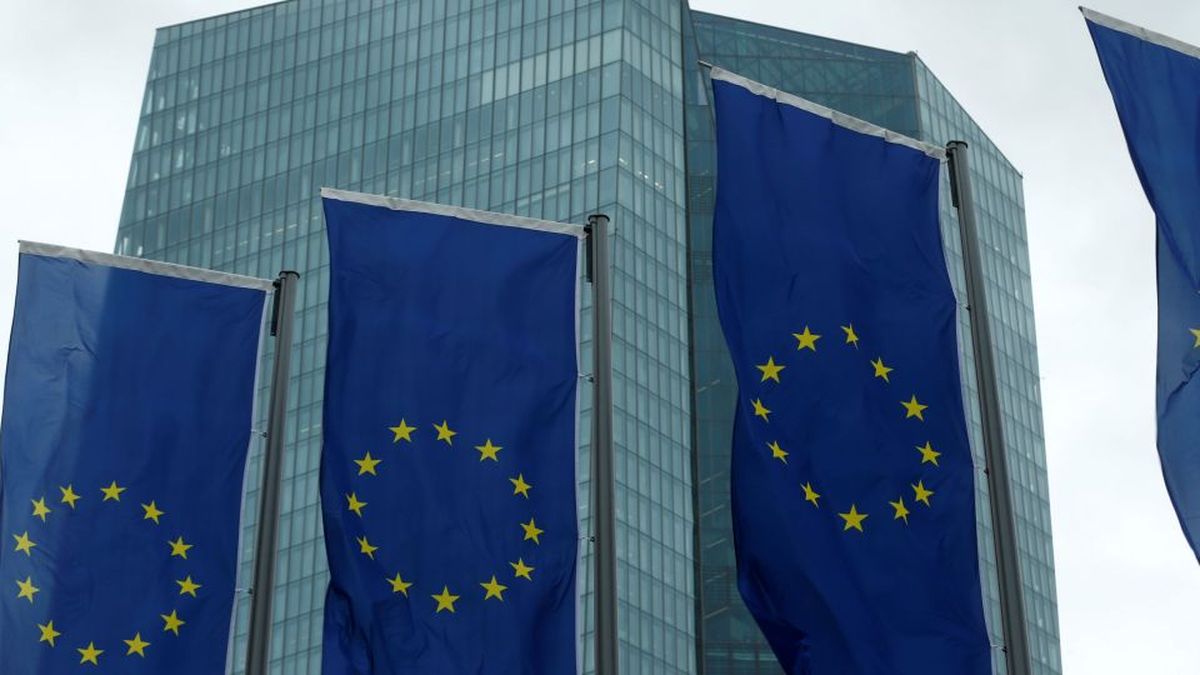Trump tariffs force Europe to reduce their economic forecasts For this year and next, even at best, in which the highest rates on most goods could be negotiated.
The forecast for this year for the 20 countries that use the euro was reduced to 0.9% from the previous forecast of November 1.3%the Executive Commission of the European Union in its regular spring forecast announced on Monday.
Elections Germany.jpg
The German economy is “stagnant”
One of the reasons for the lowest growth estimate was the stagnant economy of Germany, where it is expected Growth is zero this year after two years of decreased production.
The German economy depends largely on exports, but I face strong winds against the highest energy costs after the loss of Russian natural gas due to the invasion of Ukraineas well as the lack of investment in pro-process infrastructure and the competition of China in cars and industrial machinery.
The proposal of a 20% tariff of the United States, or import tax, on Europe’s goods, in addition to its 90 -day suspension, meant An uncertainty “not seen since the darkest days of the Covid-19” pandemicsaid Economy Commissioner Valdis Dombrovskis.
Dombrovskis said that the European economy remains “resilient” and that the labor market remains robust, with the commission predicting a fall in unemployment to a historical minimum of 5.7% next year.
And the risks are “inclined downwards,” he said. One reason: the forecast assumes that the 20% proposed rate can be reduced through negotiations with Washington to the base tariff rate imposed to all countries of 10%.
Although the main EU trade official, Maros Sefcovic, spoke several times with administration officials, It is still uncertain how willing Trump could be reducing the rate. European officials paused any retaliation tariff for 90 days and made An “zero by zero” offer in which each side would eliminate tariffs on industrial goods such as cars.
The forecast assumed that 25% tariffs on steel and cars from all countries will be maintainedlike exemptions on computer chips and pharmaceutical products.
The Eurozone economy grew 0.3% in the first three months of the year, in the middle of hopeful signs of a stronger rebound. But the mood darkened only two days after the first quarter ended, when Trump announced on April 2 a series of new tariffs, higher than expected, on almost all the commercial partners of the United States.
Source: Ambito




